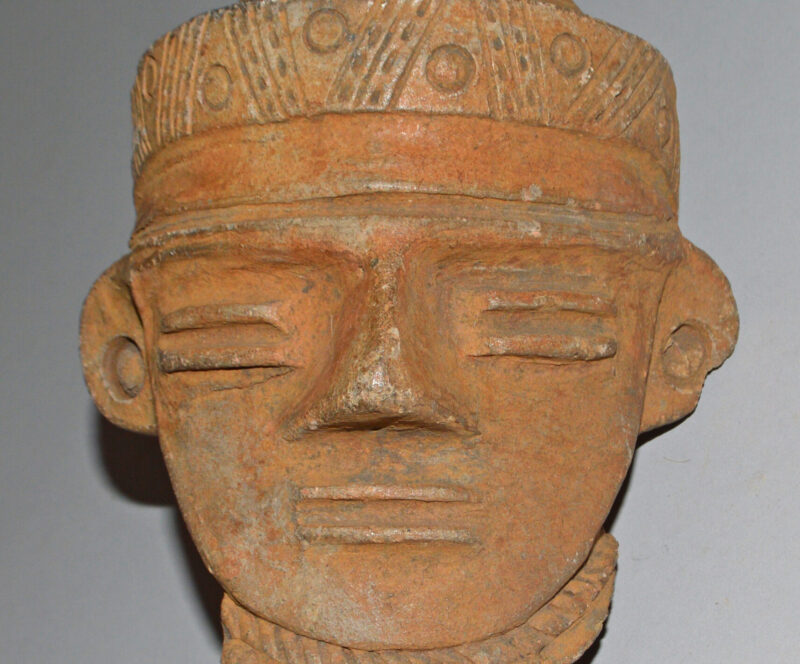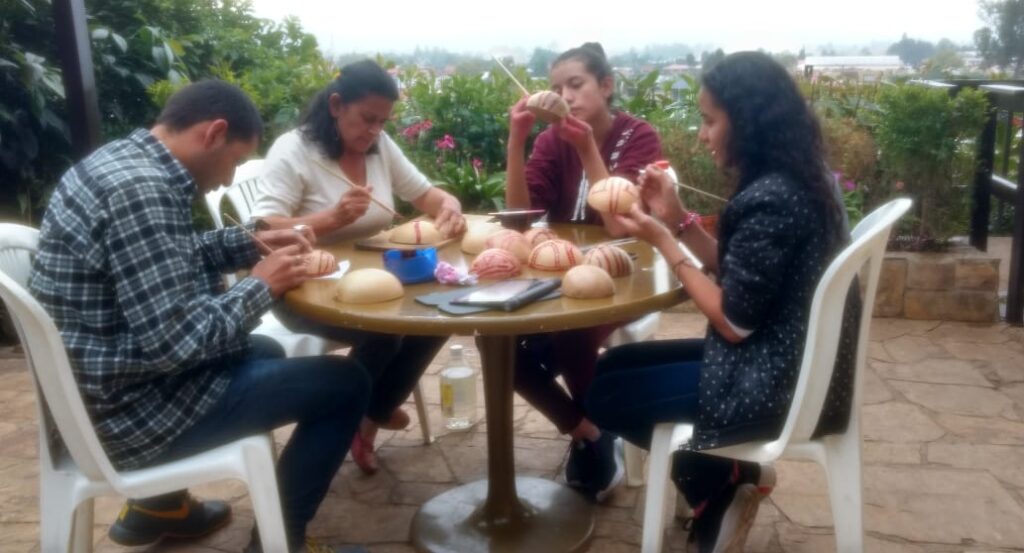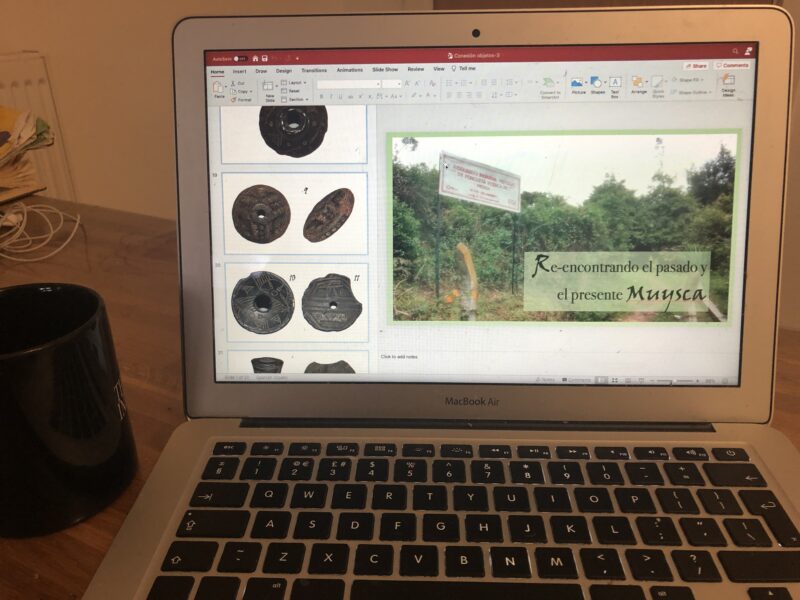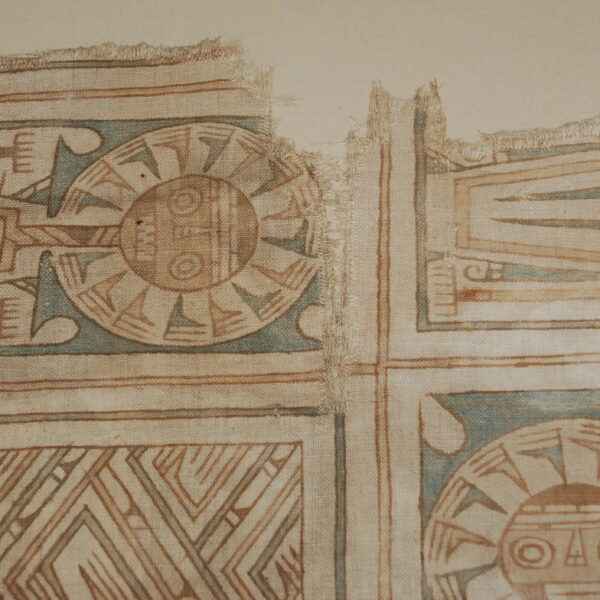Matching-up the Muisca past and present: Virtual cultural heritage

The Muisca people have inhabited central Colombia since before the colonial period. They share both linguistic and cultural roots with other groups from the isthmo-colombian area, most of whom are located north of Muisca territory. Due to their strategic location, these groups were rapidly subjugated by Spanish colonisers in the 1530s and the few survivors were relocated to small areas reserved for the Indigenous population, which were located in the outskirts of the city of Bogota, capital of the viceroyalty.
Due to the concept of cultural mestizaje which was imposed since the independence of Colombia in 1819 as a means to facilitate the formation of the nation state, the Muisca groups were incorporated into the mestizo ethnic category. As a result, their indigeneity was until recently hidden and forgotten by the state, while the actual descendants of the Muisca accepted their cultural mestizaje to avoid suffering rejection and mistreatment on the hands of the rest of the population.

In 1991, the cultural and ethnic diversity of the country was recognized by law, and official recognition was given to five emergent indigenous groups located where the Muisca reserved areas used to be. These groups are made up of families that have kept their indigenous surnames even after being forced to abandon their customs, language and identity approximately 200 years ago. The Muisca groups from Bosa, Suba, Chia, Cota and Sesquile are located in the outskirts of the modern city of Bogota. Group members are currently going through the process of reconstructing their cultural and historical memory.
 As young leaders from the Muisca groups from Chia (Jeronimo) and Bosa (Mario), we have a personal and collective interest in gathering knowledge about our ancestors and passing it on to our communities. This is why when SDCELAR gave us the opportunity to have access to digital material about the British Museum’s collections, we agreed that it was important to show it to as many members of our groups as possible. We would present the material following the format and design each group believes is the most suitable.
As young leaders from the Muisca groups from Chia (Jeronimo) and Bosa (Mario), we have a personal and collective interest in gathering knowledge about our ancestors and passing it on to our communities. This is why when SDCELAR gave us the opportunity to have access to digital material about the British Museum’s collections, we agreed that it was important to show it to as many members of our groups as possible. We would present the material following the format and design each group believes is the most suitable.
We proposed two short projects aimed at strengthening Muisca cultural heritage. Using images of objects from the British Museum collection, we have encouraged group members to interpret them and engage with them freely. We have presented the objects using the media and style we believe is the most adequate for each group, and the feedback from the communities has shown how the experiences, memories, emotions and works of contemporary Muisca people are connected with the objects made by their ancestors. This knowledge will be used to produce art works, crafts and academic narratives by group members. Creating these outputs will be the second phase of our project.

The Muisca group from Bosa is working on a series of round tables with four members of the community and Maria Fernanda Esteban, from SDCELAR. The participants have chosen ten objects from the collection to talk about them from their own perspective (as artists, spiritual leaders, political leaders or academics). The first roundtable was transmitted live to the community on 20th February 2021. There will be at least one more roundtable, after which we will interview members of the community about their experience. All of this information will be shared with a group of artists from the community who will produce an itinerant installation that will visit the schools, the administrative building and the Bosa spiritual house.

The Muisca group from Chia, in collaboration with SDCELAR, is producing a digital exhibition with the images of objects from the British Museum, as well as sound effects and the narrative that will accompany the images. The exhibition will visit at least 15 houses and will be presented against a wall using a projector. Immediately after each projection we will do a Q&A session with each family. The information collected will be shared with the artisans of the community, who will organize a workshop to explore the incorporation of Pre-Hispanic designs, colours and tools into their works with textiles, ceramics, music and jewellery.



